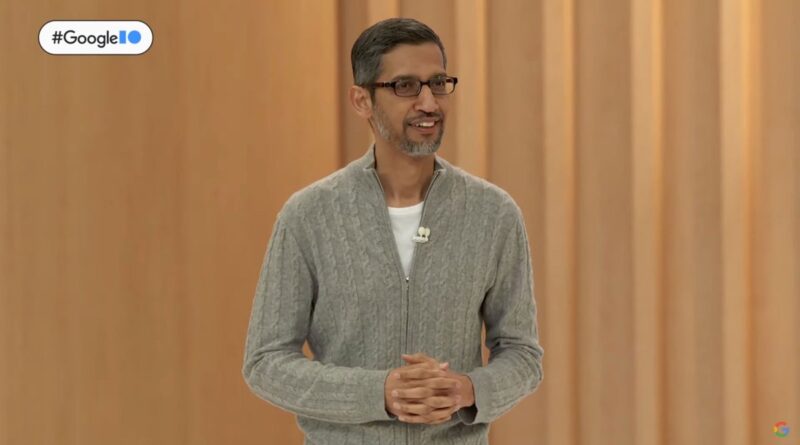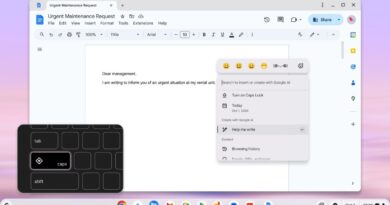Here’s everything Google has announced at I/O so far
It’s that moment you’ve been waiting for all year: Google I/O keynote day! Google kicks off its developer conference each year with a rapid-fire stream of announcements, including many unveilings of recent things it’s been working on. Brian already kicked us off by sharing what we are expecting.
We know you don’t always have time to watch the whole two-hour presentation today, so we’re taking that on and will deliver quick hits of the biggest news from the keynote as they are announced, all in an easy-to-digest, easy-to-skim list. Here we go!
Google Maps
Image Credits: Google
Google Maps unveiled a new “Immersive View for Routes” feature in select cities. The new feature brings all of the information that a user may need into one place, including details about traffic simulations, bike lanes, complex intersections, parking and more. Read more.
Magic Editor
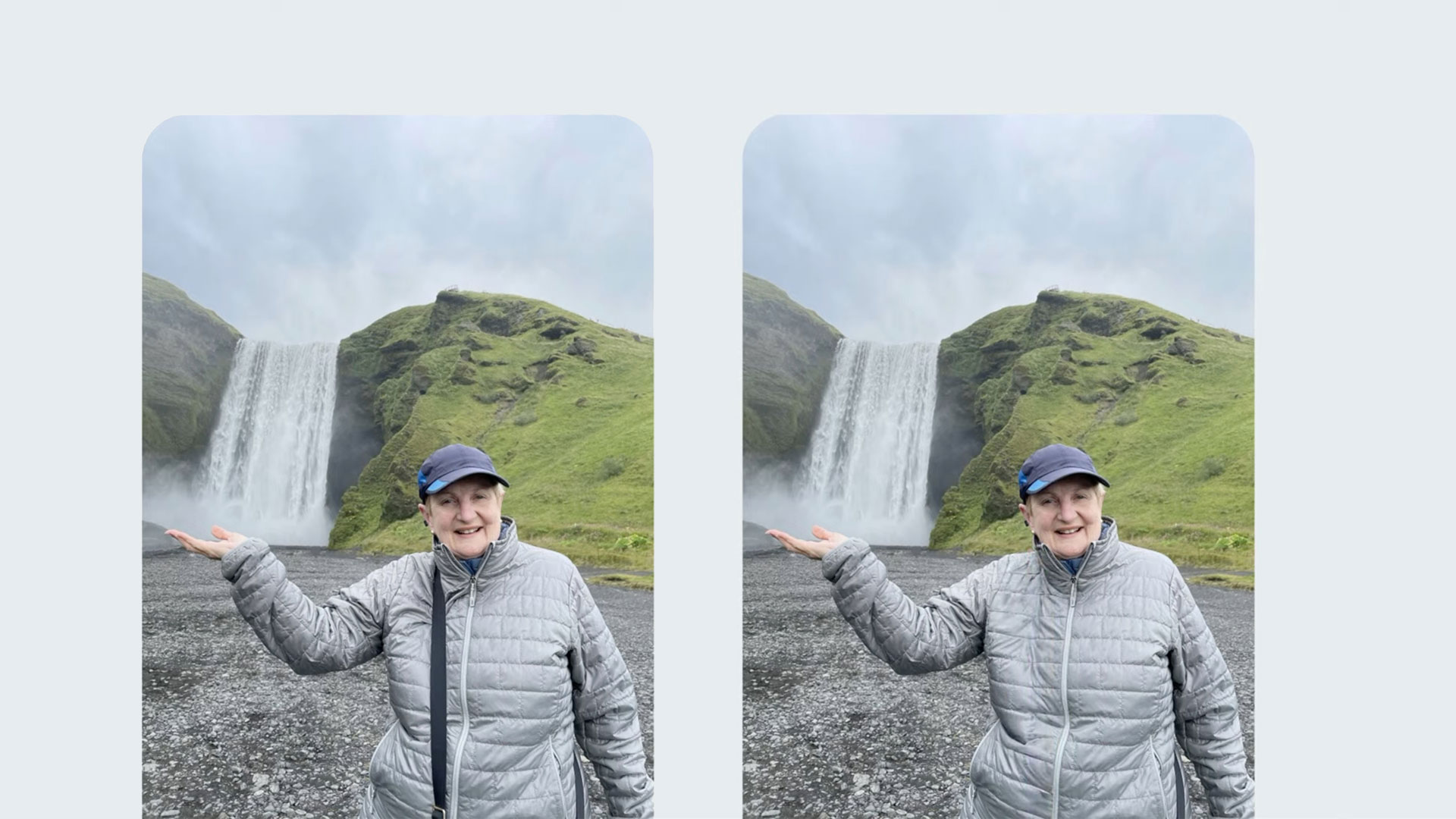
We’re always wanting to change something about the photo we just took, and now Google’s Magic Editor feature is AI-powered for more complex edits in specific parts of the photos, for example the foreground or background and can also fill in gaps in the photo or even reposition the subject for a better-framed shot. Check it out.
PaLM 2
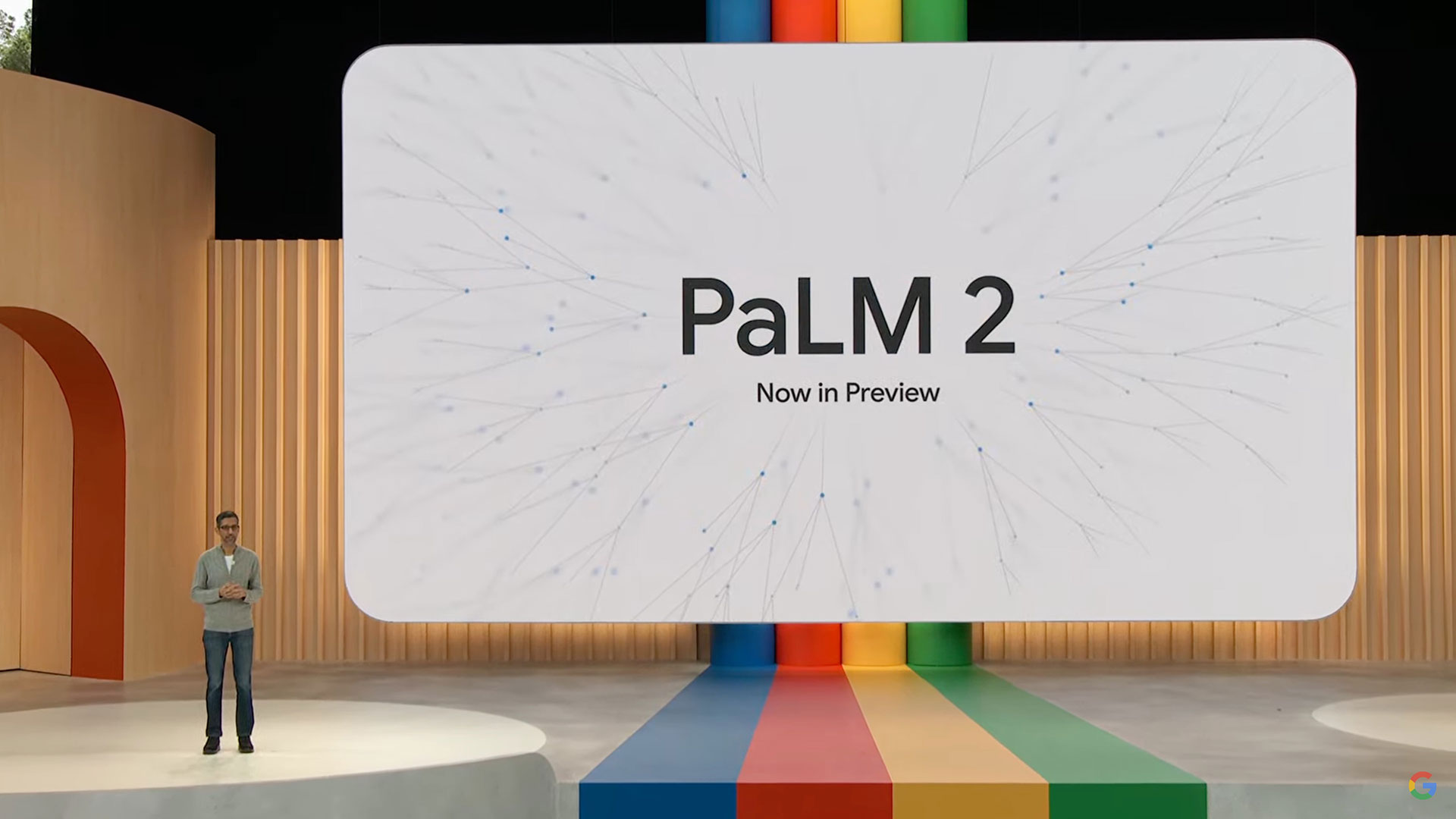
Image Credits: Google
Frederic has your look at PaLM 2, Google’s newest large language model (LLM). He writes “PaLM 2 will power Google’s updated Bard chat tool, the company’s competitor to OpenAI’s ChatGPT, and function as the foundation model for most of the new AI features the company is announcing today.” PaLM 2 also now features improved support for writing and debugging code. More here. Also, Kyle takes a deeper dive into PaLM 2 with a more critical look at the model through the lens of a Google-authored research paper.
Update: 10:37 a.m. PST
Bard gets smarter
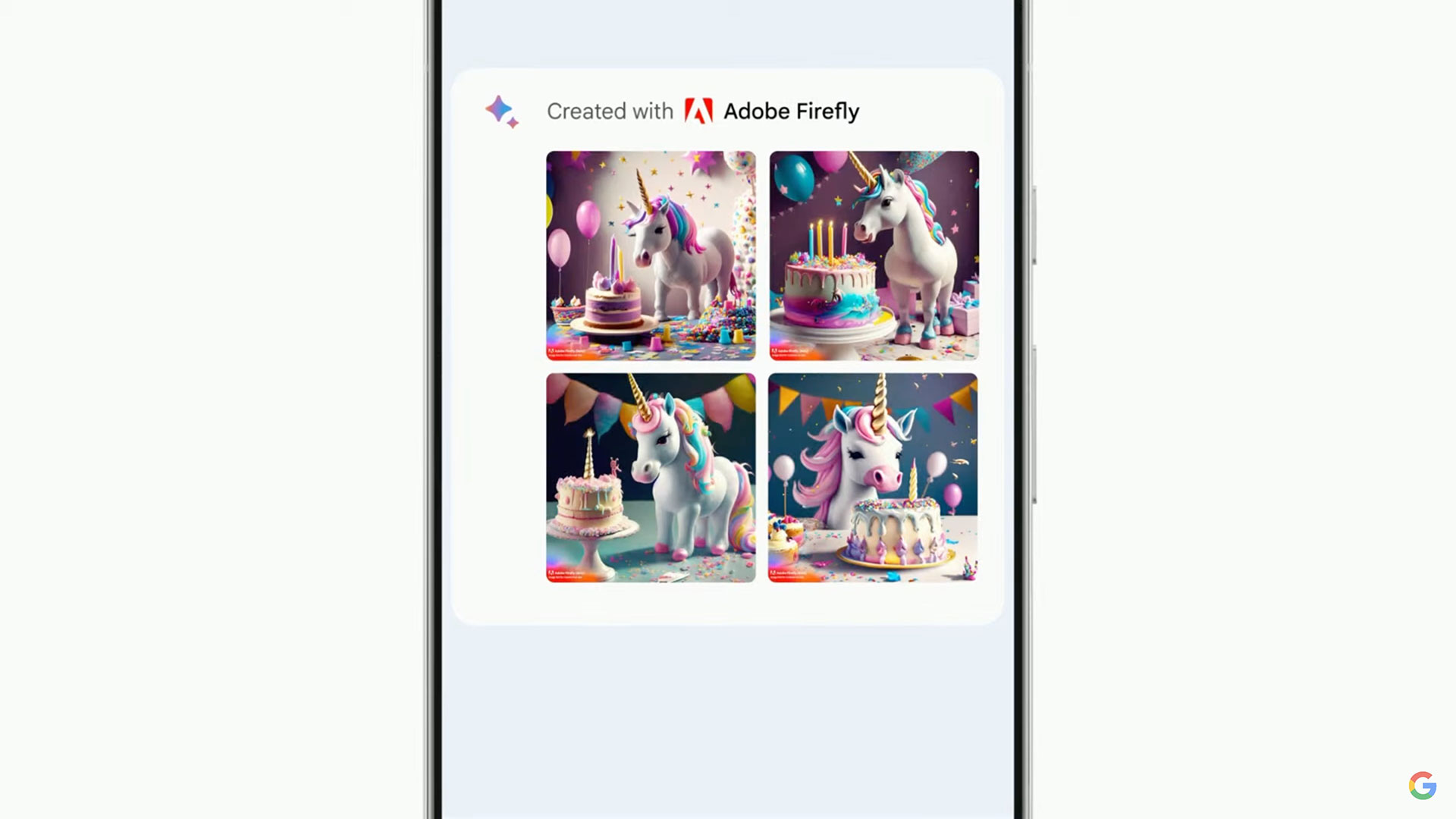
Good news: Google is not only removing its waitlist for Bard and making its available, in English, in over 180 countries and territories, but it’s also launching support for Japanese and Korean with a goal of supporting 40 languages in the near future. Also new is Bard’s ability to surface images in its responses. Find out more. In addition, Google is partnering with Adobe for some art generation capabilities via Bard. Kyle writes that “Bard users will be able to generate images via Firefly and then modify them using Express. Within Bard, users will be able to choose from templates, fonts and stock images as well as other assets from the Express library.”
Stay tuned for more developments as the day “unfolds,” get it?
Here’s everything Google has announced at I/O so far by Christine Hall originally published on TechCrunch

